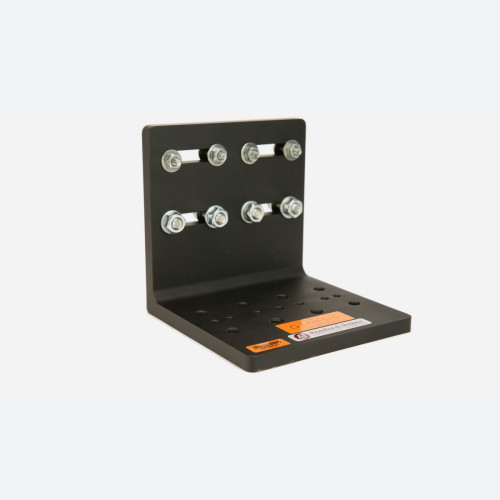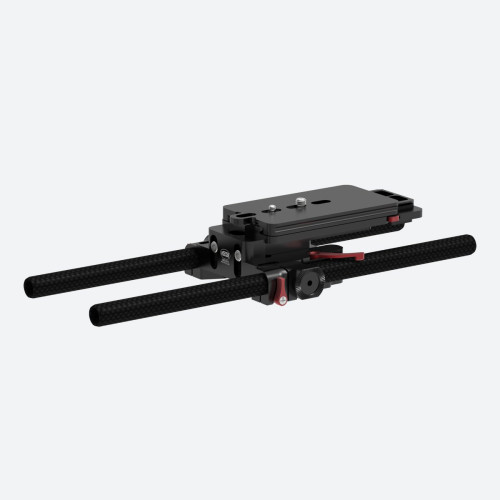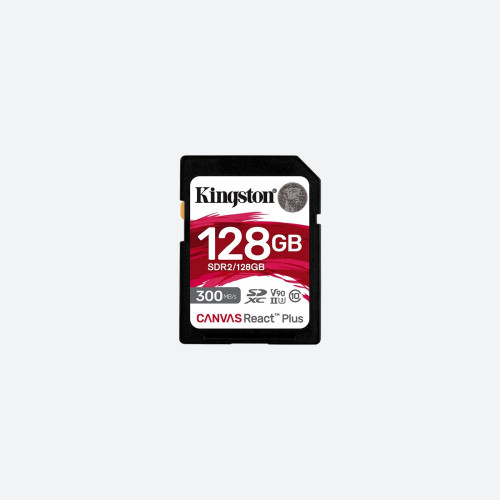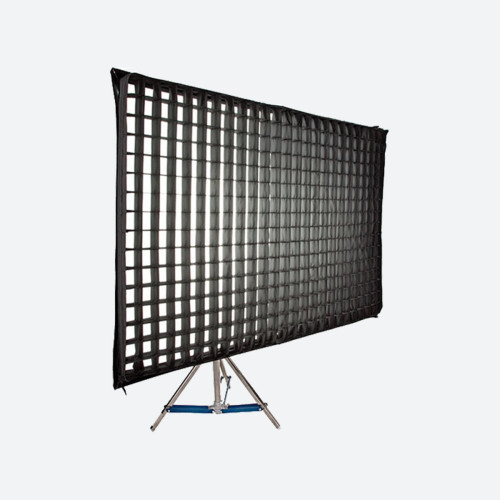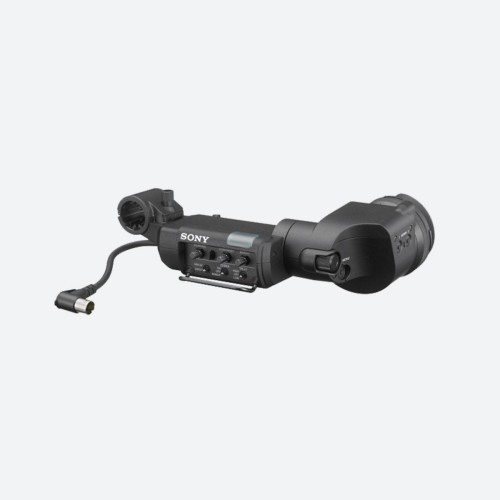Chromakey tips and tricks.
Author: Dennis Lennie
Published 1st April 2008
Chromakey is one of those slightly magical effects that can still bring out the child in all of us. Also childlike are the frustrated tantrums you throw when you have been trying for hours to get a decent key, and realise you will have to pay some compositing wizard to rescue the shot.
There are now 2 distinctly different ways to shoot chromakey footage, the easy way, and the hard way. The easy way is to use one of the new light ring and reflective material systems that I’ll describe later in this article, but if you are a masochist with lots of time on your hands the following are tips on doing it the hard way.
The Hard Way
Getting a good key requires attention to detail. You’ll need a clean brightly coloured blue or green background, without any creases or lines. You’ll need soft, even light.
You’ll need a fair amount of space. It will help if you know how to set-up the Zebra Zone feature on your camera. Finally you then obviously need either software or hardware to composite you shots.
1) The Background - Blue and Green should never be seen. (On your subject that is.)
It doesn’t matter if you use Blue or Green, what is more important is to make sure the person in front of the screen is not wearing the same colour, or doesn’t have the same colour eyes or skin. If Martians were ever interviewed on news programs they would cause Chromakey problems in studios the world over. (Realistically a person is more likely to be wearing blue, and Martians are notoriously bad interviewees, so green is the most popular choice. Green also produces a better key with DV cameras, and blue in general needs to be more intense to produce the same quality key.)
The background needs to be an intense colour and have no folds, stains or ruts. Old green underpants are probably the worst thing you could use, on so many different levels. Deep colour, crisp colour, even colour – think Good King Wenceslas. You can get a vivid, matt lettuce green mixed for you by a bad tempered spotty teenager in 1000s of DIY outlets across the country. Farrow and Ball do Arsenic Gangrene, in their Black Plague range.
2) Lighting.
If lighting was surgery, Chromakey lighting would be brain surgery. The important thing is to light the background and the subject separately and to light the background as evenly as possible. This is where the camera’s Zebra Zone can really help you. If you set the camera’s zebra to 80% you can then check the luminance levels across the background by making sure the zebra is solid. Another way to get a solid Zebra is to rub Araldite into it’s skin.
3) Separation.
Many of the best relationships are better after some sort of separation and the relationship between the subject, and the background always needs a bit of space. If the background is too clingy, or the subject isn’t trusting the background when they go out with their mates then you will never get a clean key. Have the subject stand as far in front of the background as possible to avoid both unwanted shadows and something called ‘spill’. Spill is when the colour of the background reflects onto the back of the subject, giving them a faint green halo, like a sick angel. Distance between the subject and the background will also help to push the background out of focus which will help it look more even.
4) Key over white, or show Alpha.
When setting up your software to do a key, use a white background, or look at the key shape itself using something like the ‘Show Alpha’ view. This is less distracting than the projected background so you should use this to make sure you are getting a really good clean key. Another way of getting a clean key is to rub HP Sauce on it, well it works with coins anyway. When it comes to keying some editing programs are much better than others, and compositing programs like Adobe After Effects probably have the best facilities, although Grass Valley’s Edius takes a lot of beating for a real time key.
5) 4:4:4 legs good 4:2:0 legs bad
OK so maybe Orwell wasn’t thinking video signals when he wrote Animal Farm, but we need to take this into account.
DV and HDV are quite hard to key because of the way the colour information is recorded as part of the compression technique. The less compression, the better the key. Also turn down or off any edge enhancement or sharpness on the camera. With DV Cameras you could get better and quicker results if you use a hardware box to do the keying. For less than £750 the Datavideo DVK-100 will do a real time key live from the camera through Y/C. This bypasses the DV compression and therefore will give a better key, as it retains more of the colour information in the scene. It also lets you tweak the results live, to make sure the key works. You can also use this for live events.
Some high end DV decks have expensive filters on their analogue outputs that will soften colour problems to produce a better key
If you film on a Panasonic Camera on DVC Pro or DVC Pro HD you will probably get a better key from the recorded footage because there is more colour fidelity in the 4:2:2 DVCPRO compression systems.
6) There are some new filters that claim to enhance shots for keying at the point of acquisition. Formatt Filters have a range of both blue and green screen Procomp Filters which claim to improve the key, colour fidelity and reduce spill and fringing on problematical areas like reflective materials.
The Easy Way
There is a shortcut to get a decent key. Simply use one of the new light-ring and reflective material systems available, these do not need careful lighting, or an even background, or hours to set up – a decent key can be sorted in a couple of minutes. These system work by putting a ring of coloured LED’s around the camera lens, and in conjunction with a special reflective backdrop material covered in minute glass beads, this produces an even coloured background that’s really simple to key. What is so amazing about the material is it even works if it is creased and wrapped around objects!
The new Datavideo CKL-100 has brought this sort of ring and material chroma key system in at a very affordable price point. For under £600 you get a switchable blue and green light ring, intensity controller box, and 2.5m X 3m of the special reflective material.
Good luck with your keying, and remember – when interviewing a Martian – use Blue Screen, and make sure they have switched off their mobile, and disintegrator gun.




